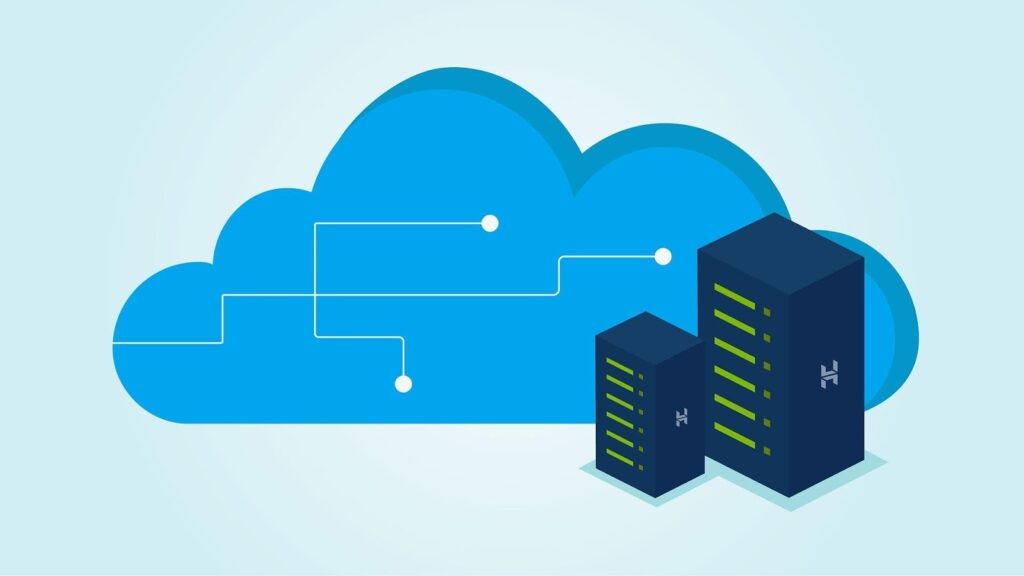If you’ve spent any time in the digital world, you have heard about the cloud — virtual ‘spaces’ where people can access saved documents and digital material that’s not installed on the device they’re using.
While this may seem straightforward, it has become more complicated as our daily technology use has increased, and technology has improved. Even if you don’t subscribe to the service yourself, many of the apps you use daily do. As a result, you may be accessing a cloud service without even realizing it.
As cloud services become more integrated into our daily lives, it’s time to take a good look at the risks that come along with using them so you can take steps to protect your sensitive data.
Top Risks for Cloud Users
Here are some of the most common risks cloud users face.
1. Cyberattacks and Unauthorized Access
Cyberattacks can take many forms. Since cloud-based services are accessible from any internet source, professional cybercriminals can more easily gain access. With multiple ways to penetrate the system, the chance of successfully carrying out a cyberattack is high. Your personal data — email addresses, banking information, and identity information — are vulnerable when you’re using a cloud service.
2. Loss of Data
A breach or failure in a cloud service doesn’t just mean your information is exposed. It can also mean your saved digital data is lost or damaged. There may not be a way to recover the data when this happens if you haven’t properly stored it elsewhere. If your computer is auto-saving to a cloud, you may not even realize you aren’t creating backups for your work.
3. Malware
In addition to worrying about hackers gaining access to your information via the cloud, you also need to be concerned about what they might leave attached to your digital items. Malware can easily be left behind in a compromised cloud service. Once you access your own infected documents or files, you can bring that malware right to your personal device. Once there, it can wreak havoc and expose sensitive data.
4. Insider Threats
Outsiders getting into the cloud service without permission aren’t the only threat. When it comes to insider threats, it’s not always intentionally malicious. However, in some instances, insiders with legitimate access to your cloud service have been negligent in their own security protocols. As a result, they have put the whole cloud service — and all the data and users in it — at risk.
How Cloud Service Users Can Reduce Risk
The good news is, you don’t have to sit around and wait to be a victim just because you use a cloud service. After all, cloud services are becoming an everyday part of living and doing business with technology. Morgan Stanley, for example, recently expanded its cloud-based processes and systems. In addition, there are steps you can take to change the security protocols that will leave you better protected when using a cloud service.
1. Multi-Factor Authentication
If you’re worried about someone gaining unauthorized access through your personal account, consider using multi-factor authentication. This adds an extra layer of protection to the login process. While there are apps specifically for multi-factor authentication, it doesn’t need to be complicated. For example, a simple text message with a prompt to enter a given code can add a lot of protection.
Not only will the would-be hacker not gain access, but you’ll also receive a prompt and know that some of your information has been compromised. This way, you can change your password information before any real harm is done.
2. Backup Your Data
Yes, using a cloud service is incredibly convenient for storing data. However, in the event of a breach or massive data loss, that convenience will go up in smoke if you don’t have backup files. Get a backup system in place. Making time to backup your files can be inconvenient. For best results, put it in your calendar and stick to those backup dates. You’ll be grateful if you ever find you need them.
3. Invest in a VPN
Using a VPN can help protect your device while it’s accessing the cloud. Not only will it work to reduce the likelihood of corrupt data moving into your network, but it will also create a secure internet connection. This reduces the risk of cyberattacks — as well as the risk of exposing your personal data. A VPN (Virtual Private Network) can also be installed on individual devices, so your information is better protected even when you’re accessing your cloud service while you’re on the go.
Safer Cloud Access
Cloud services have been a game-changer for data storage and technology. There’s no need to avoid using them just because there’s some risk attached to the process. Instead, take the time to set up safety protocols that will leave you better protected. This way, you can have the convenience — with less of the risk.
